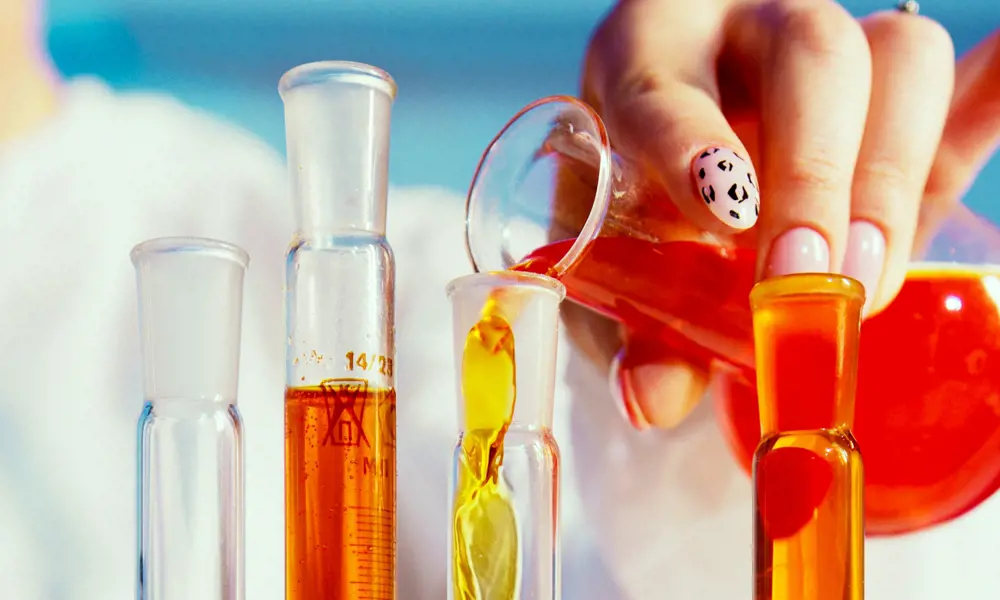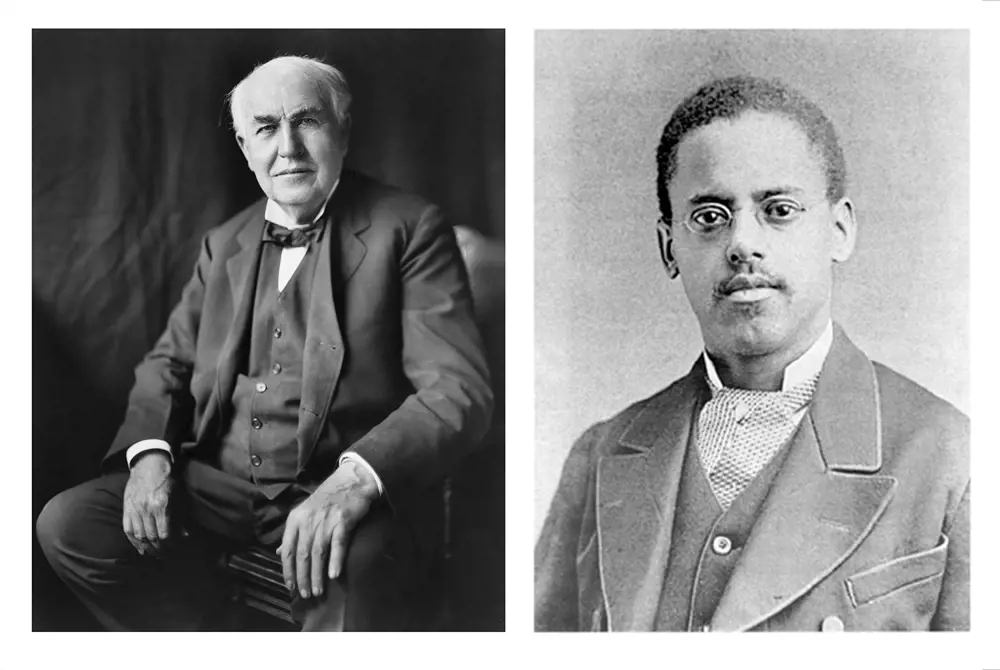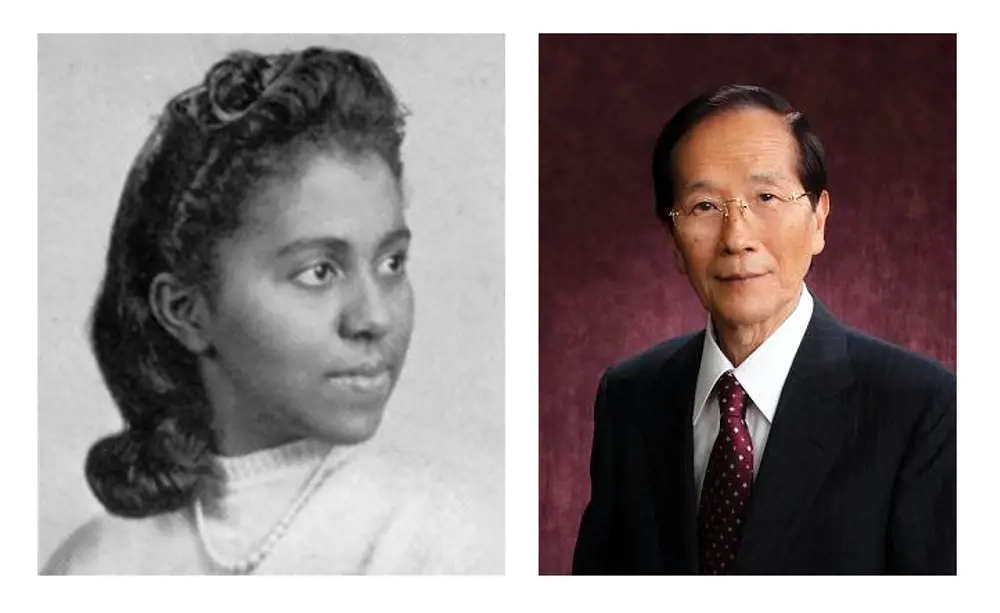
Supporting inclusion for STEM undergrads
On encountering the limited selection of historic STEM heroes, or the hidden barriers in STEM language, undergraduates from underrepresented groups might easily think, “this isn’t for me”.
In November, we opened the Centre for Academic Inclusion in Science & Engineering (CAISE), a new centre at Queen Mary that will support all of its students to reach their full potential as scientists and engineers. CAISE was inspired by the university’s mission: to open the doors of opportunity and become the most inclusive university of its kind, anywhere.
Prioritising inclusion from the beginning
It is not surprising that Queen Mary is a leading university for inclusion, given its rich history in the field. The institutions that first shaped Queen Mary had a mission to improve health and education for their surrounding working-class communities in East London. One of them was the first residential higher education institution in London for students that were women.
To this day, Queen Mary is proud of its diverse student population. It is distinctive in the Russell Group of top UK universities for 92% of its students coming from state schools and 51% being the first person in their families to go to university.
Moreover, 42% students studying STEM degrees at Queen Mary are women, compared to 35% in the whole of the UK. And 76% of Queen Mary STEM students are from Black, Asian and minority ethnic backgrounds, compared to 30% of STEM university students in the whole of the UK.
A new perspective on curriculum
There are many ways that inclusion can be prioritised in STEM subjects. When these measures and actions are designed from within a programme of study, they are called an ‘inclusive curriculum’. Of these actions, diversifying the curriculum is the most universally applicable.
Numerous historic figures overcame racism, sexism and other forms of discrimination to make incredible contributions to science and engineering, but STEM history and education have mirrored society and forgotten these contributions. Consequently, the most widely recognised past STEM heroes tend to be much less diverse than our communities have really been. For example, most of us have heard of Thomas Alva Edison, inventor of the light bulb, but much fewer recognise Lewis Howard Latimer, whose work was absolutely critical to make the invention a success.

(Left) Thomas Alva Edison. (Right) Lewis Howard Latimer.
In another example, many of us are aware of the correlation between cholesterol and cardiovascular disease or have heard of the statins used to treat it. However, we cannot easily name the STEM heroes behind these breakthroughs. Central to the studies correlating cholesterol to high blood pressure and cardiovascular disease was the work of Marie Maynard Daly, the first African American woman to be awarded a PhD in chemistry. Statins were developed through the pioneering work of Japanese biochemist Akira Endo.

(Left) Marie Maynard Daly. (Right) Akira Endo© MEXT Japan
There are many examples where the names and backgrounds of STEM heroes are poorly recognised. This hurts us all. It gives us a biased and distorted perspective of science and engineering. It particularly undermines the sense of belonging in STEM from wide sections of our communities, who are left to think that engineering or science “isn’t for me”. At CAISE, we champion actions to celebrate everyone’s contribution into STEM from within the curriculum.
However, this is not enough, and we are striving to go further.
Unpacking STEM language
Barriers to success in STEM are not only faced by underrepresented groups of students and researchers. Some of these barriers affect all learners, although not in equal measure. For example, the ways that scientists and engineers talk, think and ‘go about their business’ professionally is different to everyday language or thinking. This can be confusing for those who are not scientists and engineers – critically, learners.
Supported by Queen Mary linguists and educationalists, we strongly believe unpacking STEM language is central to learning. This goes beyond mere STEM glossaries of technical English, which can be useful. Sometimes, the most confusing uses of language in STEM are not the specific STEM words themselves, such as thermodynamics or mitochondria. These words are so specific to STEM that their use almost immediately highlights a need to check understanding.
The risk lies more in the STEM use of everyday words, which have specific meanings in STEM different to everyday language. Words such as ‘error’, ‘hardness’, or ‘tough’ can become an unsuspected source of struggle for learners if they assume their meaning based on everyday language, leading to mistakes.
These examples represent hidden barriers for learners and are therefore an important matter for inclusion. We work to support STEM staff who, while experts in their respective fields, may not have reflected enough on the impact of language on education. This is central to making STEM education more inclusive.
The impacts of an inclusive society
Finally, inclusive education aims to create an inclusive experience for graduates, to ultimately support an inclusive society. Beyond the experience of graduates, there are other ways specific to STEM in which greater inclusion can have an unexpectedly measurable impact.
For example, consider car safety belts. While dummies have been used to test safety belts since the 1970s, a suitably designed dummy of a woman’s body was not developed until 2022 (read more in Ingenia 94). This omission represents not just an issue of inclusion (or more so, exclusion), but it also undermines the engineering behind it. Among other shocking statistics, data shows that women in cars are three times more likely to experience whiplash injuries from rear impacts than men.
This suggests that safety can be compromised if engineering is not sufficiently inclusive, and clearly shows the critical importance of inclusion in science and engineering. Without inclusion, the quality of the science and engineering itself suffers. The work of organisations like CAISE will be vital to prevent similar issues.
CAISE will showcase these issues to both staff and students, with the aim that no learners are left behind. In doing so, it is also expected that the quality of STEM education, and the innovation and research that stems from it, will be elevated for the sake of all.
Contributors
Dr Gabriel Cavalli is a polymer chemist turned educator, with interests in inclusive curriculum in higher education. His experience in multidisciplinary research made him aware of how specific expertise becomes exclusionary, “lost in translation” to “outsiders”. He swapped collaborations with biomedical scientists for sociolinguists and educators, to collectively unravel hidden STEM barriers to learners, an approach the team coined “academic inclusion”.
For questions about CAISE, please contact g.cavalli@qmul.ac.uk
Keep up-to-date with Ingenia for free
SubscribeOther content from Ingenia
Quick read

- Environment & sustainability
- Opinion
A young engineer’s perspective on the good, the bad and the ugly of COP27

- Environment & sustainability
- Issue 95
How do we pay for net zero technologies?
Quick read

- Transport
- Mechanical
- How I got here
Electrifying trains and STEMAZING outreach

- Civil & structural
- Environment & sustainability
- Issue 95